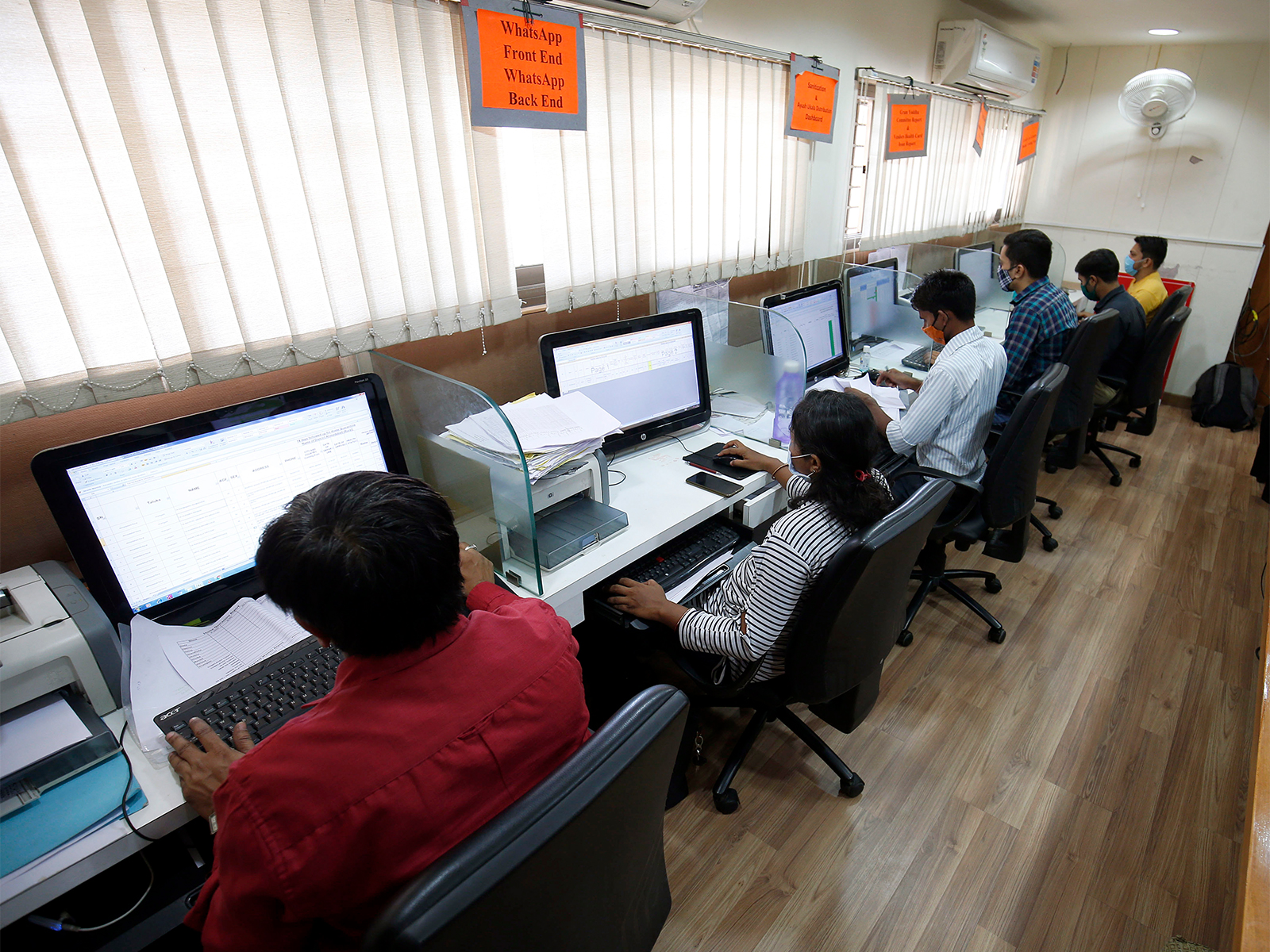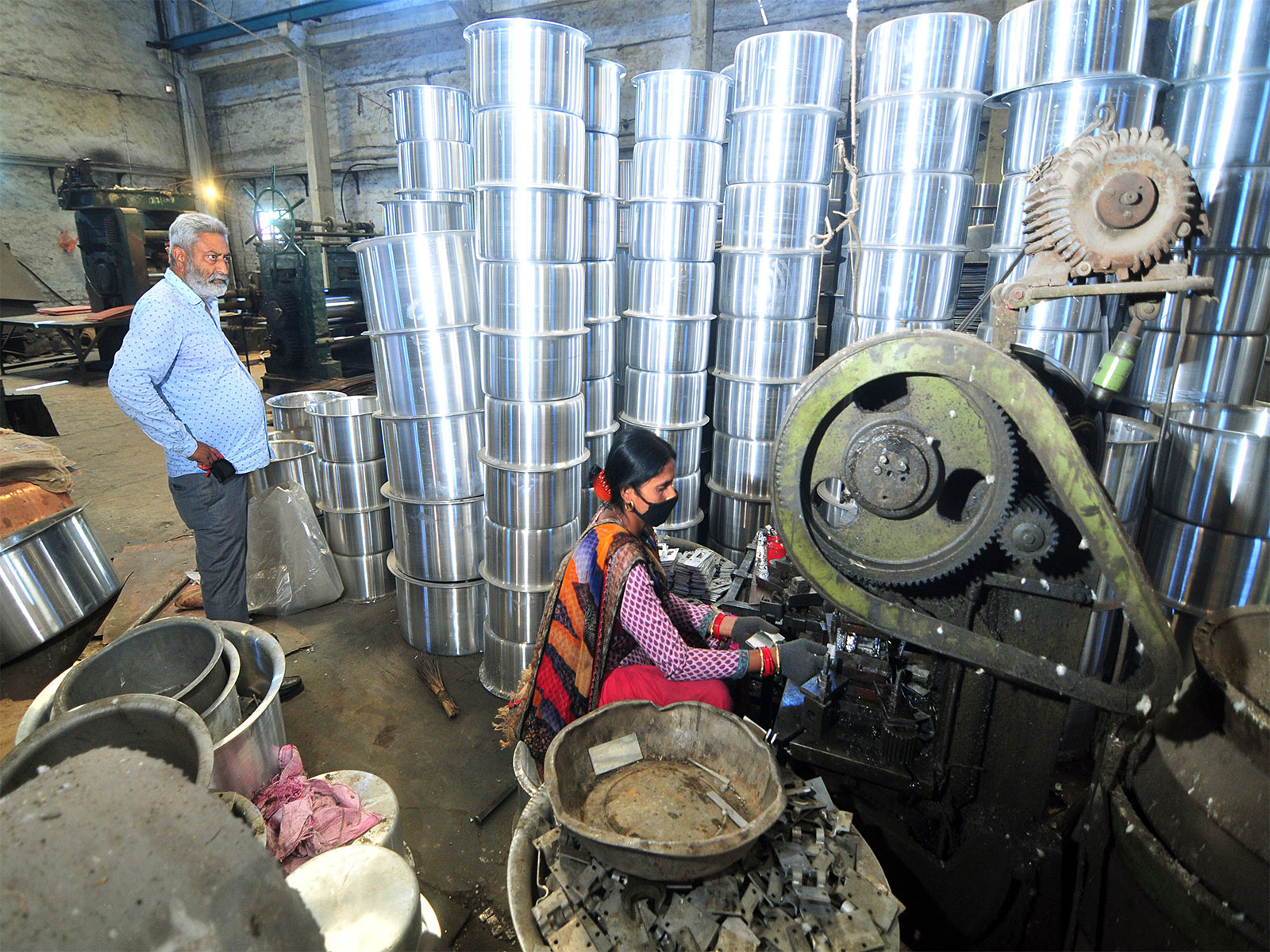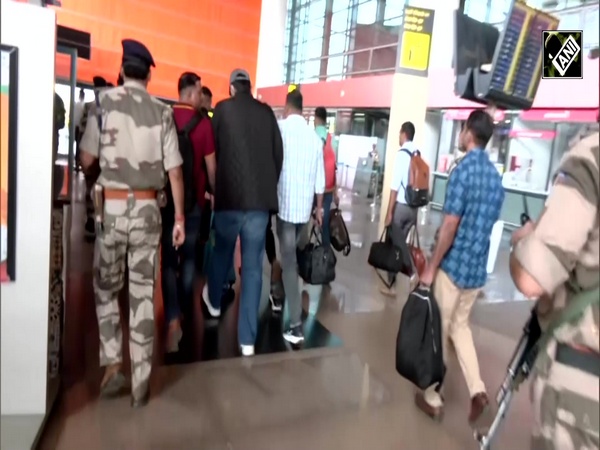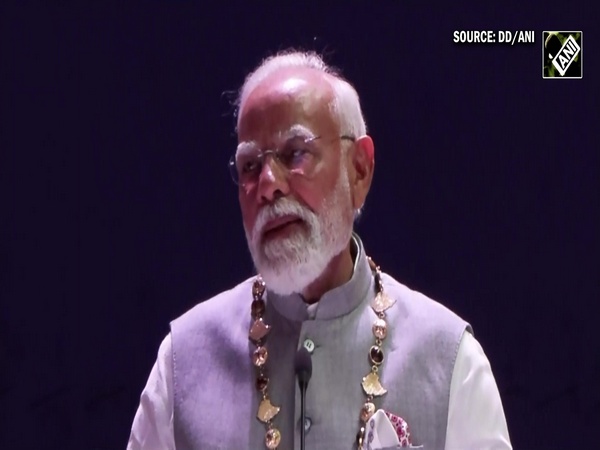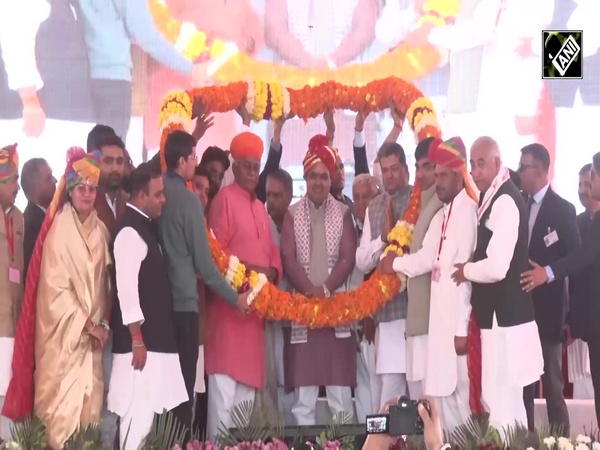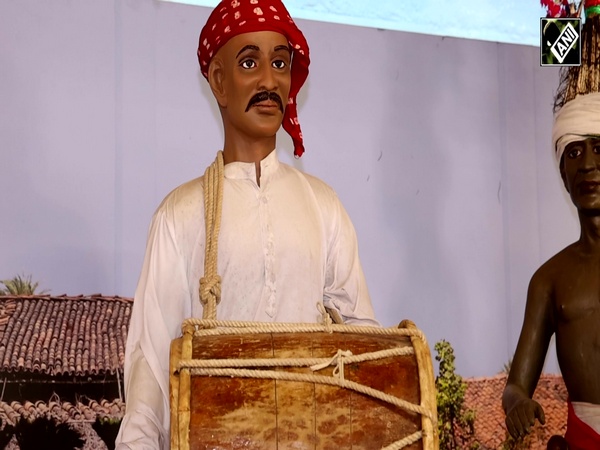Bhupender Yadav flags off survey on domestic workers
Nov 22, 2021

New Delhi [India], November 22 : Union Minister for Labour and Employment Bhupender Yadav on Monday flagged off the first-ever All India Survey on Domestic workers being conducted by Labour Bureau, Chandigarh.
Domestic workers (DWs) constitute a significant portion of total employment in the informal sector. However, there is a dearth of data on the magnitude and prevailing employment conditions of DW. Hence with the view to have time-series data on domestic workers, the Government of India has entrusted Labour Bureau to conduct an all-India survey on DWs.
According to a press statement, on the occasion, Yadav also released an instruction manual with a questionnaire for the All India Survey on Domestic workers, which will cover 37states/UT's and 742 Districts across the length and breadth of the country.
Speaking on this occasion, the Union Minister said that this is for the first time in Independent India that such a Nationwide survey is being conducted and this shows the commitment of the government towards having an evidence-based, data-driven policy that will help in targeted and last-mile delivery of services &achieve the goal of "Sabka Sath Sabka Vikas, Sabka Viswas" under the leadership of Prime Minister Narendra Modi. The Minister further stated that all these All India Surveys and the e-shram portal will be game-changer and have set New standards in data-driven Policies.
Rameshwar Teli, Union Minister of State for Labour & Employment, in his message during the launch said that the survey is a momentous step and congratulated the officials of the Ministry and Labour Bureau. The event was also attended by Sunil Barthwal, Secretary (L&E), D.P.S. Negi, Principal Labour & Employment Advisor & Chief Labour Commissioner (Central), I.S. Negi, Director General, Labour Bureau & other senior officers of Ministry of Labour & Employment.
The All India Survey on Domestic Workers is aimed to estimate the number and proportion of domestic workers at the National and State level, percentage distribution of domestic workers with respect to Live-in/Live-out, formal/ Informal Employment, Migrant/Non-Migrant, their wages and other socio-economic characteristics.
The survey will also provide the Household Estimates of Live-in/Live-out domestic workers and the average number of domestic workers engaged by different types of households.





